Miele W 3652 WPS Manual
Læs gratis den danske manual til Miele W 3652 WPS (68 sider) i kategorien Vaskemaskine. Denne vejledning er vurderet som hjælpsom af 67 personer og har en gennemsnitlig bedømmelse på 4.8 stjerner ud af 34 anmeldelser.
Har du et spørgsmål om Miele W 3652 WPS, eller vil du spørge andre brugere om produktet?

Produkt Specifikationer
| Mærke: | Miele |
| Kategori: | Vaskemaskine |
| Model: | W 3652 WPS |
Har du brug for hjælp?
Hvis du har brug for hjælp til Miele W 3652 WPS stil et spørgsmål nedenfor, og andre brugere vil svare dig
Vaskemaskine Miele Manualer
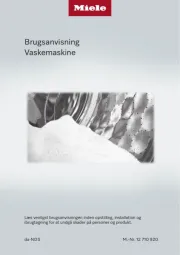
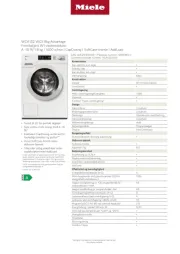
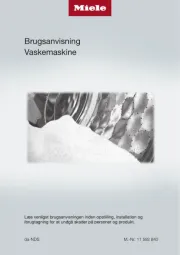
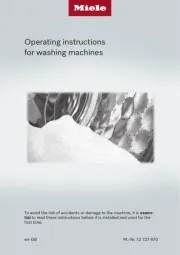
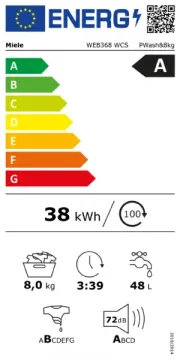

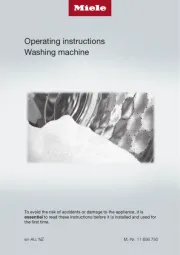
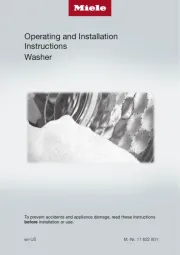
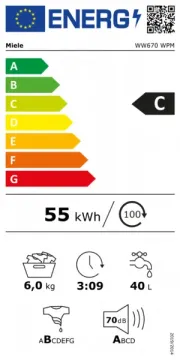
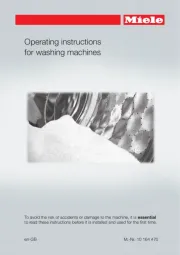
Vaskemaskine Manualer
- LERAN
- Adler
- Euromaid
- Brandt
- Faure
- Maytag
- AEG
- Whirlpool
- Sanyo
- Kogan
- Premium
- AKAI
- Clatronic
- Manta
- Galanz
Nyeste Vaskemaskine Manualer









